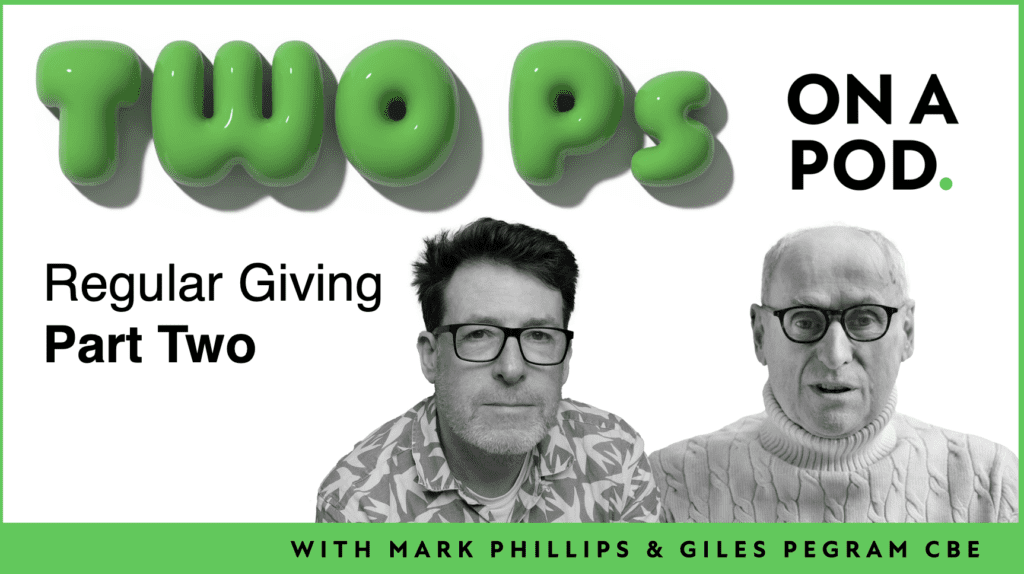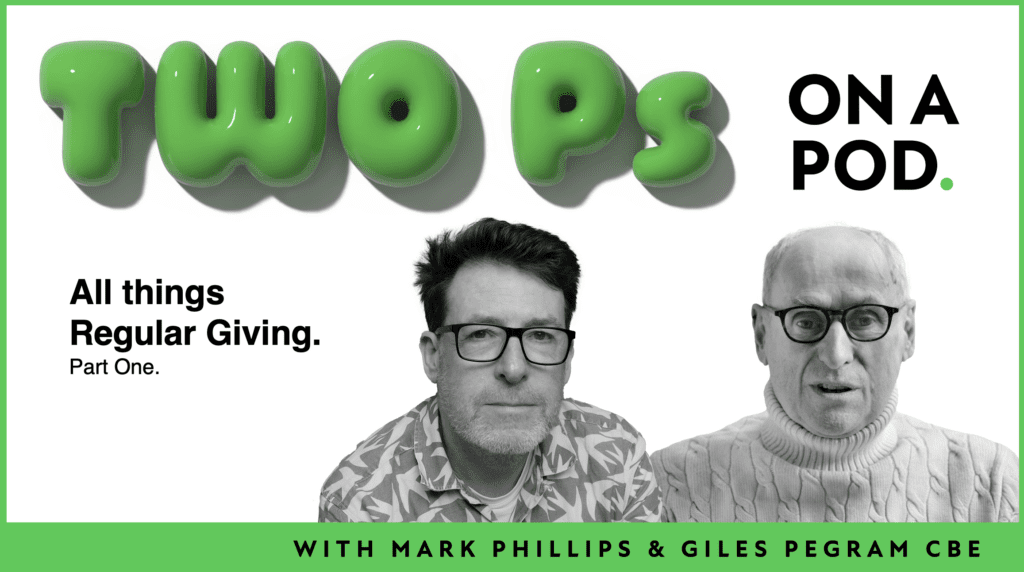What’s the impact of a matched giving offer on a direct mail appeal?
At Bluefrog we run a number of very successful matched giving appeals for a variety of clients.
An organisation with a great deal of cash (usually a corporate partner or statutory donor) offers to fund a project but only on the proviso that you raise a percentage of the total required yourself).
If the partner offers 75%, for example, you can say that every £1 donated will be matched with an additional £3.
We’ve always knows that this type of offer uplifts both donation value and response rate, but because its so powerful, It’s something I’ve never been able to test.
I’ve also never looked at the impact of testing the effect of larger match ratios – i.e. what is the impact of an offer that ensured £3 went to the charity for every £1 donated compared to an offer that simply doubled the value of the gift?
Dean Karlan and John List have. In 2007 they published a paper that showed the results of testing the impact of a matched giving offer in a US direct mail campaign sent to 50,000 supporters.
Two-thirds of the sample received the matched giving appeal, the remaining third acted as a control that received a standard request for help.
The test was designed in the following way…
“All individuals received a four-page letter identical in all respects except two: (1) the treatment letters included an additional paragraph inserted at the top of the second page that announced that a “concerned fellow member” will match their donation, and (2) the reply card (see Figure 1) included in bold language the details of the match. For the control group, the reply card match language was replaced with a large logo of the organization. The remainder of the letter, written and designed by the Organization, conformed to their typical fundraising practices.
“The specifics of the match offer were then randomized along three dimensions: the price ratio of the match ($1:$1, $2:$1 and $3:$1), the maximum size of the matching gift across all donations, and the example donation amount suggested to the donor.”
The researchers found that simply announcing the matched offer had a significant impact:
- Average gift was increased by 19%
- Average response rate was increased by 22%.
Most interestingly they found that the size of the match ratio had NO impact on either response rate or average gift – offering to double the value of a gift had the same impact as offering to triple it.
It’s an interesting outcome. Conventional wisdom might suggest that increasing the matching offer would have a positive impact. The fact it doesn’t, demonstrates that donors aren’t necessary economically rational.
I think the focus on the matched offer answers one of the needs of donors – in that it enhances their status – making them and their gift more important. It seems that in isolation, the increased feeling of importance is not related to price.
Having your gift doubled makes you feel as good as having it tripled and, on that basis, there is no need to give any more.
The full paper is available for download here (PDF).
Tags In
Related Posts
1 Comment
Comments are closed.
The Essentials

Crack the Code to Regular Giving: Insights, Strategies, and a Special Giveaway!

‘Tis Halloween. Keep to the light and beware the Four Fundraisers of the Apocalypse!

Why do people give? The Donor Participation Project with Louis Diez.

A guide to fundraising on the back of a postcard

What does the latest research tell us about the state of fundraising?






Following our online matched funding challenge last year – which raised £2m in 45 minutes – and several smaller challenges this year, we have lots of qualitative evidence of donors increasing their donations substantially (sometimes several hundred percent more).
We’re putting together some quantitative results to add to Karlan & List’s findings – I’ll let you know what we come up with.
Jon Brooks
theBigGive.org.uk